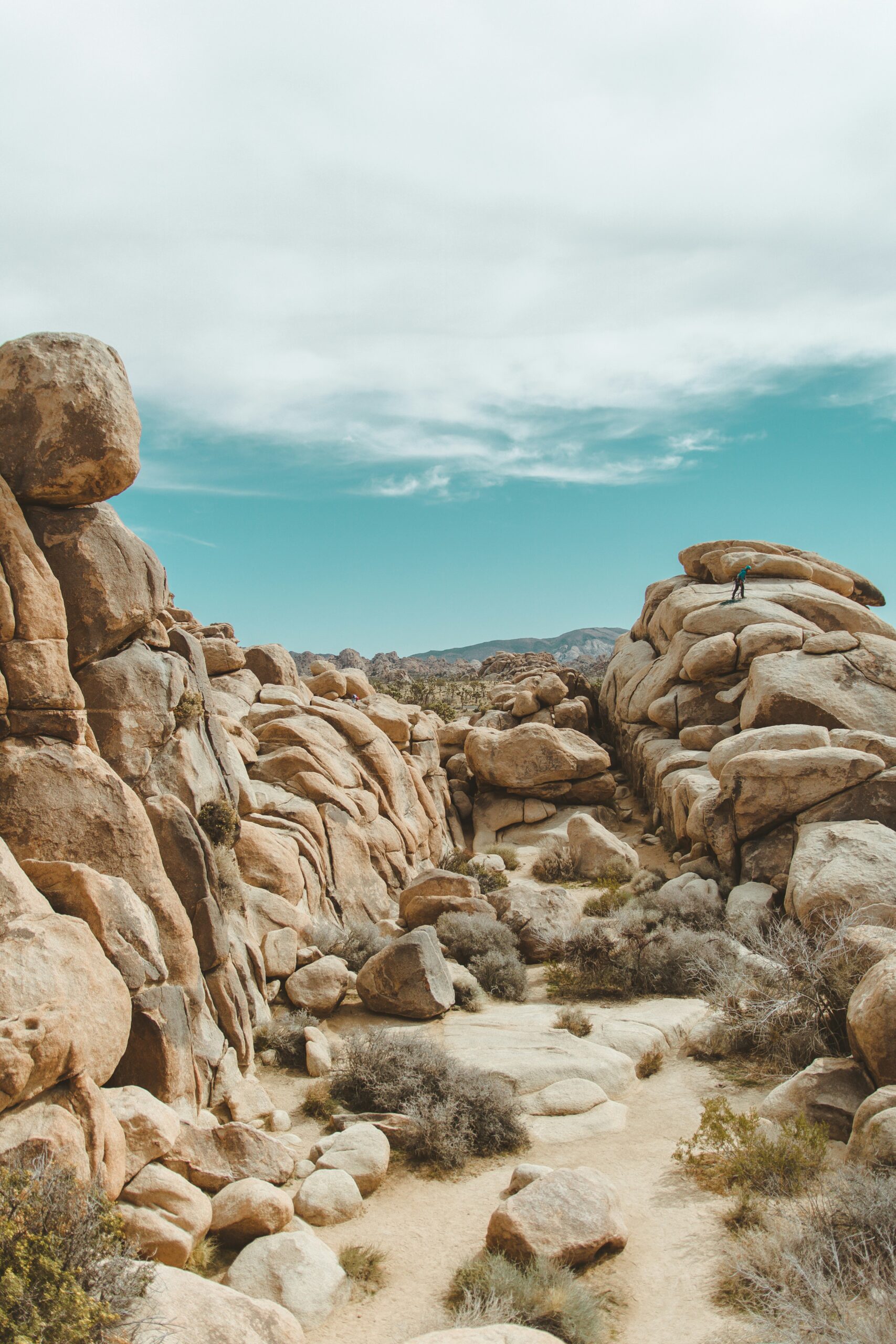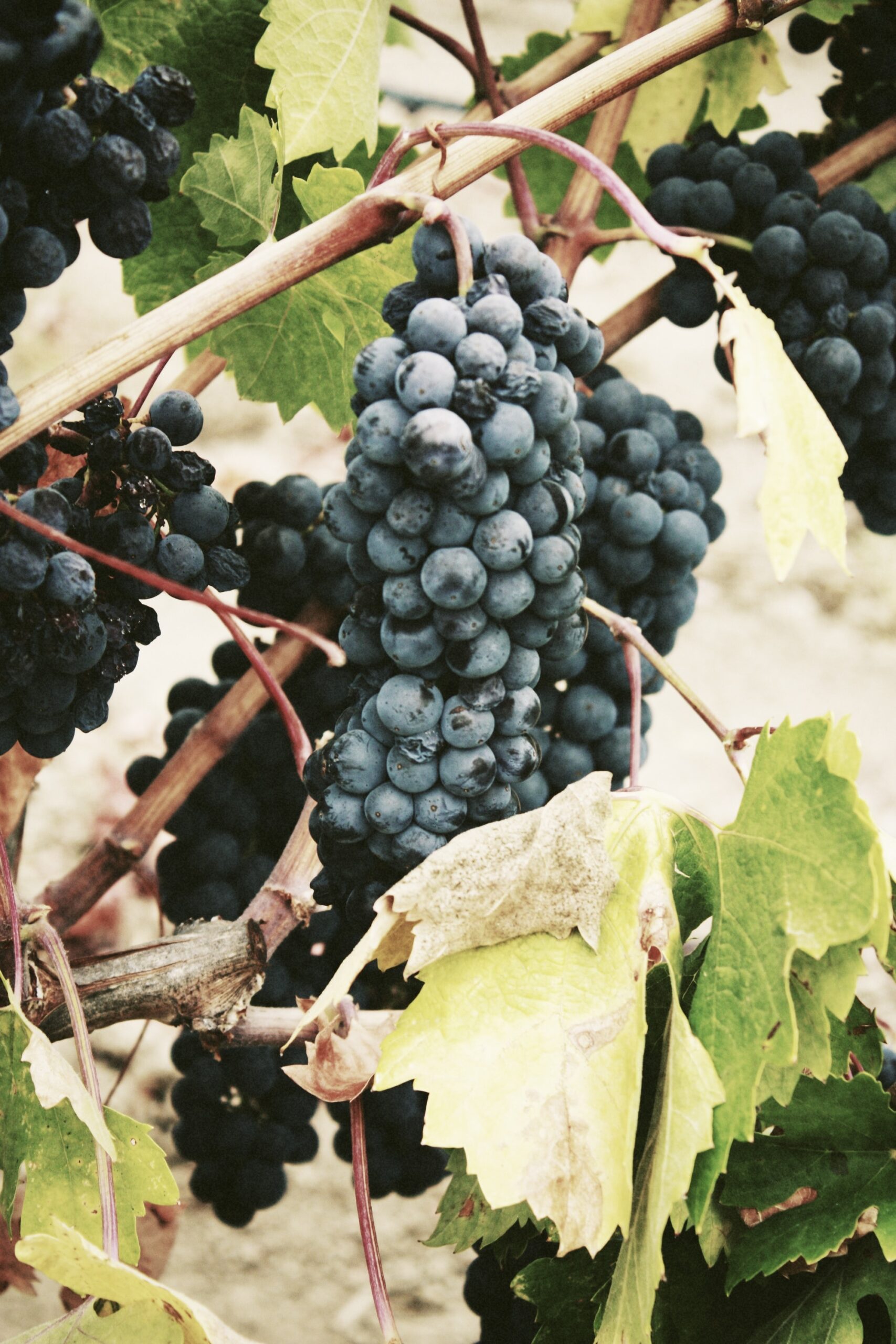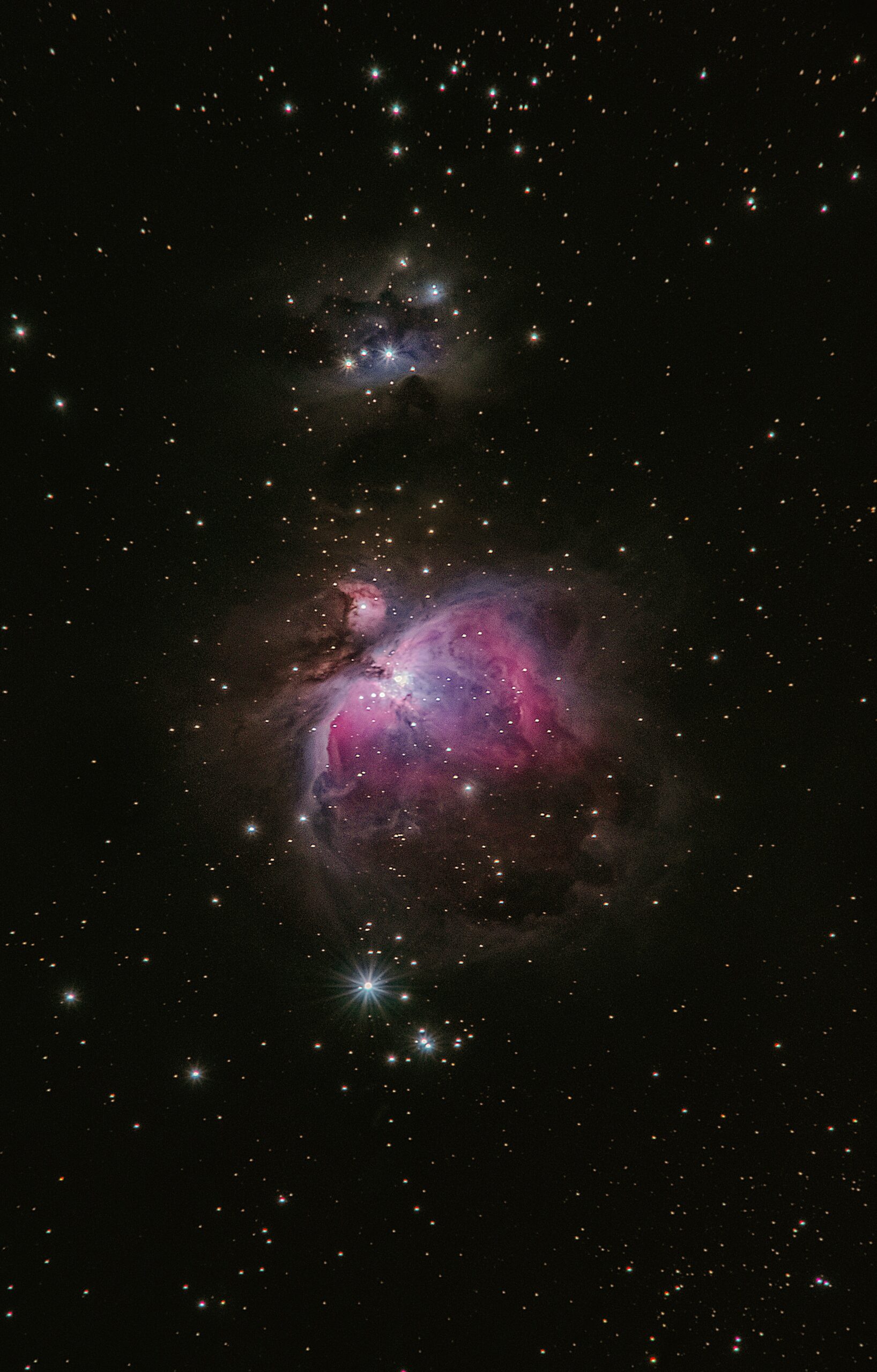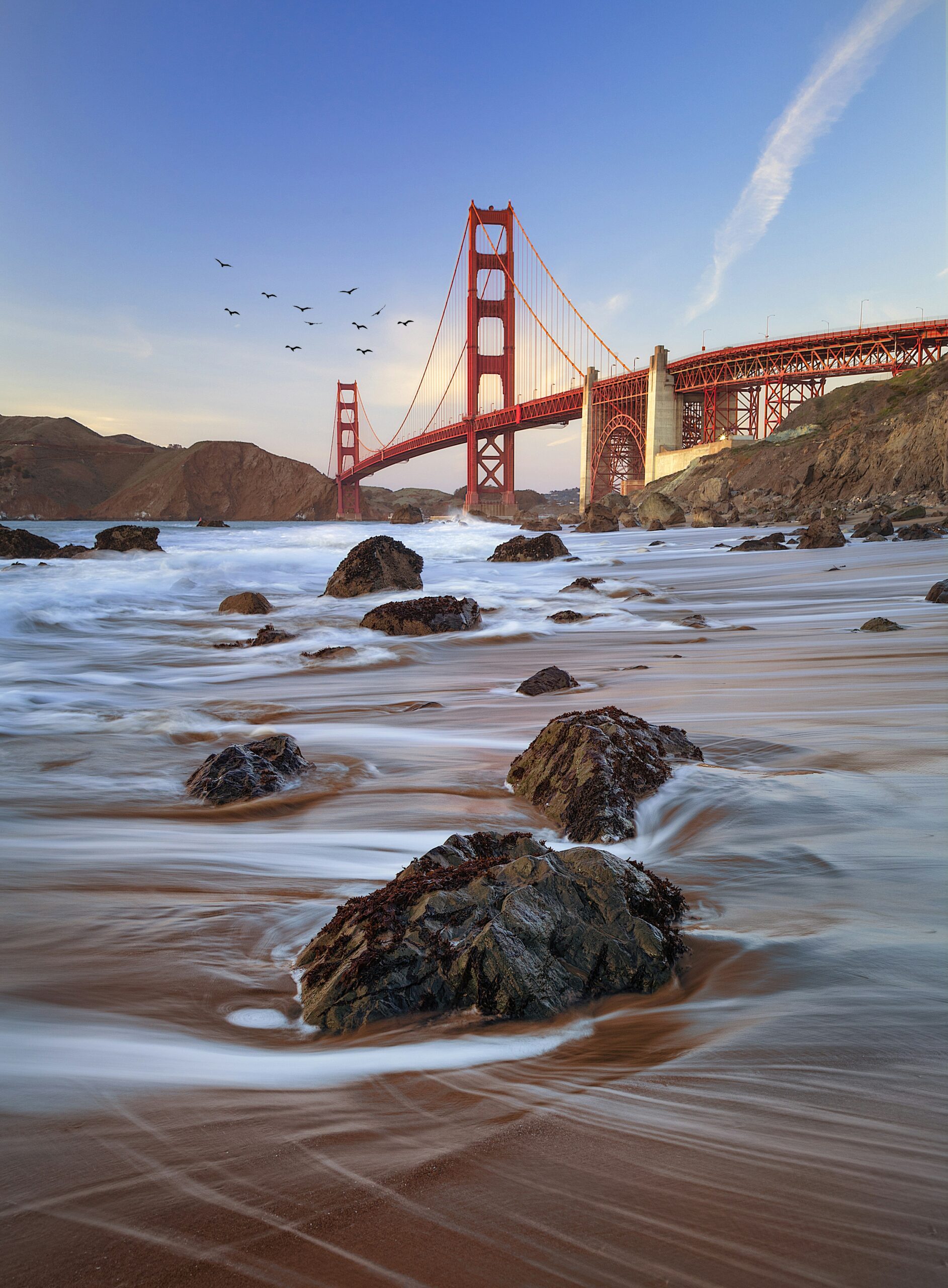Southern California National Parks: A Guide to Sun-Soaked Adventures
Southern California offers a landscape of extraordinary contrasts and diversity when it comes to national parks. You can explore everything from the rugged beauty of desert sand dunes to the serene vistas of pristine islands. Embrace the opportunity to learn about the region's rich history and wildlife, all while indulging in a variety of outdoor activities that cater to nature lovers and adventure seekers alike.
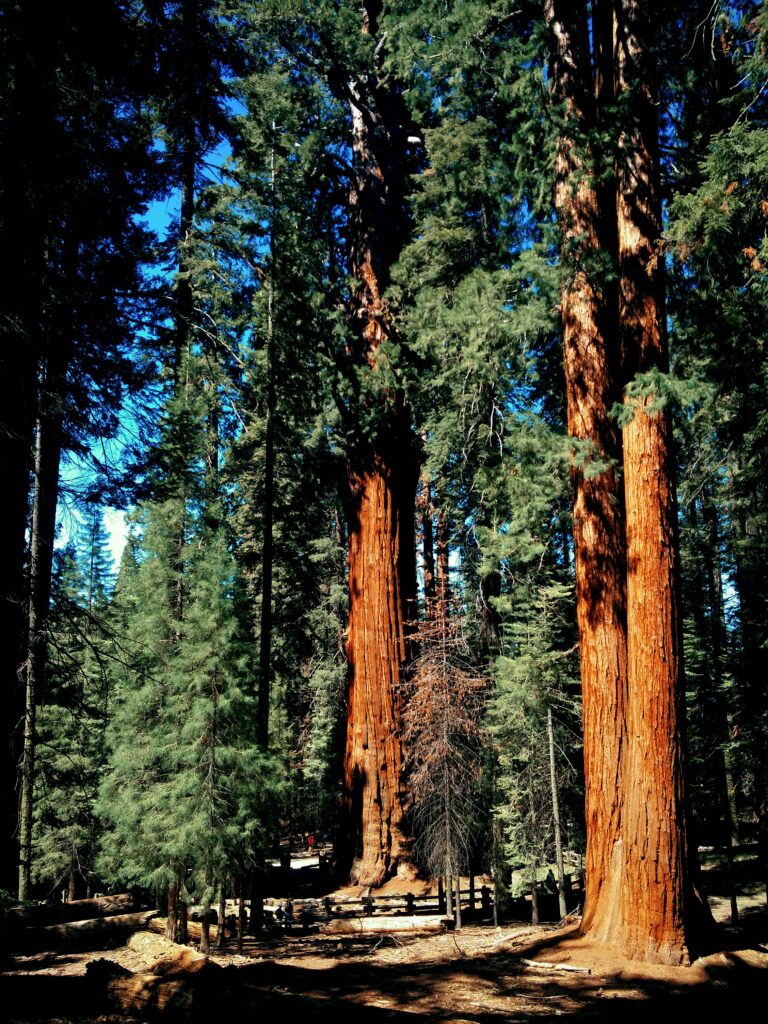
As you plan your visits, you'll find that each of these Southern California National Parks has a unique character and array of experiences to offer. Whether it's hiking through the colossal trees of Sequoia National Park, marveling at the geological wonders of Joshua Tree, or taking a boat trip to the isolated wilderness of Channel Islands National Park, there's a slice of nature's magnificence waiting for you. The best time to visit each park can vary, so be sure to prepare accordingly for an unforgettable journey into the wilds of Southern California.
Southern California National Parks: A Guide to Sun-Soaked Adventures
Overview of Southern California National Parks
When you venture into Southern California, you're entering a realm where natural splendor abounds, especially within its national parks. Imagine yourself immersed in the vast landscapes ranging from the enigmatic cacti-studded expanses of the Mojave Desert to coastal sanctuaries teeming with wildlife.
- Joshua Tree National Park: A fusion of two distinct desert ecosystems, the Mojave and the Colorado, this park is renowned for its twisted, bristled Joshua trees and rugged rock formations. Whether you're a climber, hiker, or star gazer, Joshua Tree invites you to explore its surreal landscape.
- Channel Islands National Park: Often referred to as “North America's Galapagos,” this park encompasses five strikingly beautiful islands. You'll find a rich tapestry of biodiversity here, both terrestrial and marine. Each visit promises unique adventures from kayaking through sea caves to wildlife observation.
- Death Valley National Park: Straddling the California-Nevada border, this park holds the record for the hottest place on Earth. Death Valley's sand dunes, salt flats, and below-sea-level basin offer a dramatic, otherworldly adventure you won't forget.
To encapsulate your experience:
| Park Name | Must-See Feature | Ideal Activity |
|---|---|---|
| Joshua Tree | Skull Rock | Rock Climbing |
| Channel Islands | Painted Cave | Kayaking |
| Death Valley | Badwater Basin | Photography |
Each of these parks provides a unique vignette of nature's versatility in California. Get ready to be captivated by the astonishing contrasts—from the serene beauty of island life to the stark, mesmerizing expanses of the desert.
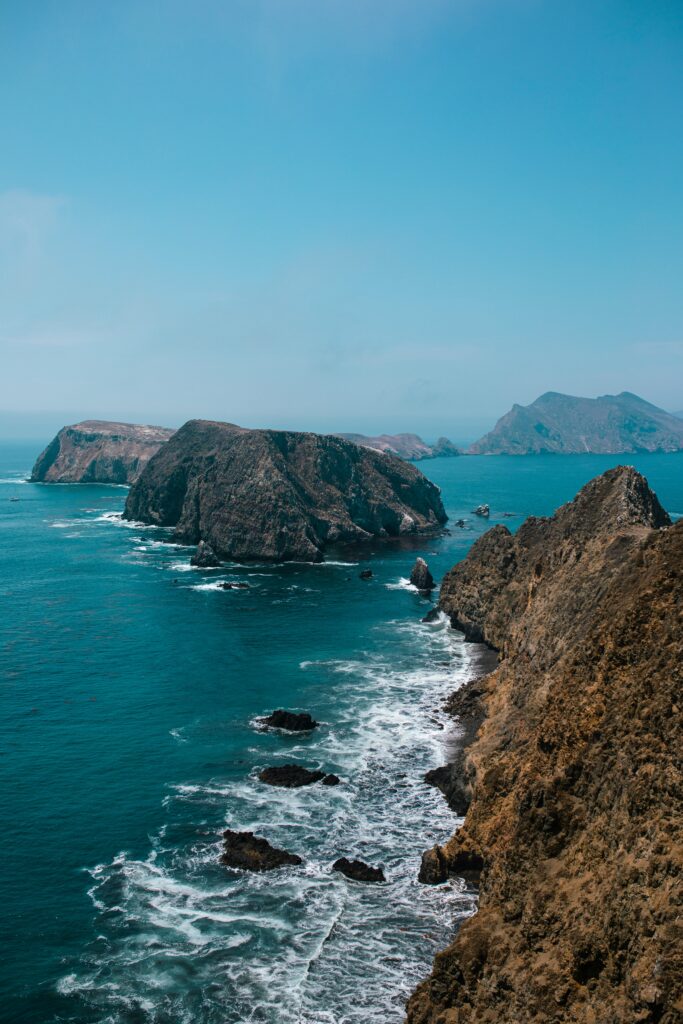
Historical Significance
From the earliest inhabitants to transformative conservation efforts, the national parks in Southern California tell a rich story. You'll discover layers of human history that speak to the diversity and complexity of the region.
Native American Heritage
Before European exploration, these lands were inhabited by Native American tribes who thrived in the area's diverse ecosystems. For thousands of years, they lived harmoniously with the land, leaving subtle marks of their culture. In parks like Channel Islands National Park, you may encounter remnants of the Chumash tribe, providing insight into their sophisticated maritime society.
Spanish Exploration
In 1542, Juan Rodríguez Cabrillo became the first European to navigate the California coast, marking the beginning of the Spanish period in California's history. Cabrillo's arrival, which you can learn about in places like Cabrillo National Monument, opened a chapter of Spanish exploration that shaped the region's future, blending cultures and altering the course of history.
Conservation Movements
Southern California's national parks have been shaped by various conservation movements. For instance, Manzanar National Historic Site is integral in understanding both the injustices faced by Japanese Americans during World War II and subsequent efforts toward justice and remembrance. Additionally, the role of Latino leaders like César E. Chávez in advocating for farm workers' rights as part of a broader conservation ethos is preserved at the César E. Chávez National Monument. His efforts to form an agricultural union are remembered as a significant part of California’s human history.
Biodiversity and Natural Features
Southern California's national parks are a testament to nature's variety, boasting everything from the unique Joshua treesto vast sand dunes. You'll encounter a rich tapestry of life and landforms that are as diverse as they are stunning.
Flora and Fauna
In parks like the Channel Islands, you can marvel at a kaleidoscope of wildflowers that paint the landscape in a sea of colors each spring. The islands also act as a sanctuary for numerous species of wildlife, from seabirds to the diminutive island fox, which is endemic to these islands.
Mountains across the region give rise to distinct ecological zones, affecting the distribution of plant and animal life. Your hiking trails might bring you face-to-face with the dramatic silhouettes of Joshua trees in the Mojave Desert, where you can also witness a wide variety of cacti and desert inhabitants.
Unique Geology and Landforms
The geology of Southern California is nothing short of spectacular. You can walk across pinnacles and rock formationscarved from ancient volcanic activity, which tell a story of the earth's fiery past.
Venture into the arid expanses to find the rolling sand dunes of the Mojave, some reaching heights that rival buildings. For a subterranean adventure, there are caves that invite you to explore the mysterious depths of the region's geology. Meanwhile, the ever-impressive terrain boasts both rugged costal cliffs and serene sandy beaches, showing the artistic hand of natural erosion over millennia.
In parks like Torrey Pines, the natural beauty of the gnarled trees and rocky overlooks offers a sense of wonder that encapsulates the essence of Southern California's wild heart.
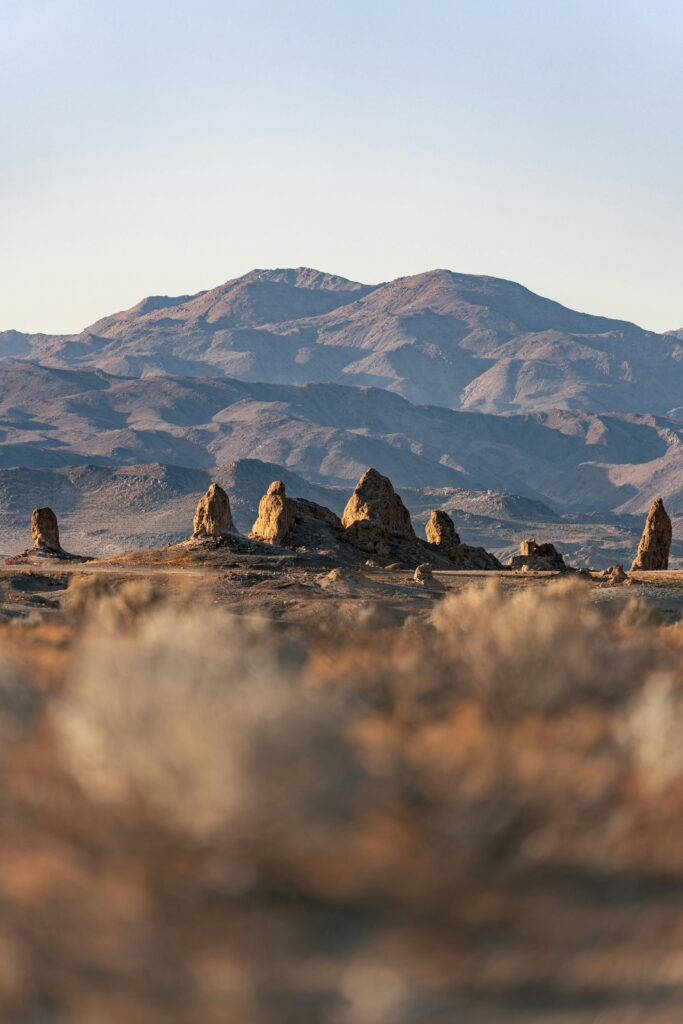
Popular Parks and Destinations
Southern California is home to some truly unique national parks, each offering you their distinctive landscapes and recreational opportunities. Here's a closer look at a few of the most popular destinations that you might want to add to your travel list.
Joshua Tree National Park
The stark beauty of the desert comes alive in Joshua Tree National Park, where the Mojave and Colorado ecosystems converge. Famous for its starry nights and the peculiar, twisted Joshua trees, this park provides you with a playground for hiking, rock climbing, and exploration.
Channel Islands National Park
Off the coast of Southern California lies the scenic Channel Islands National Park, encompassing five remarkable islands. Your adventure here can include snorkeling in kelp forests, observing diverse wildlife, and hiking serene trails with sweeping ocean vistas.
Death Valley National Park
Death Valley National Park is a land of extremes. As the hottest, driest, and lowest national park, it challenges the resilient and rewards the intrepid with its otherworldly landscapes, from salt flats to sand dunes and historic sites.
Pinnacles National Park
Pinnacles National Park is one of the younger national parks, celebrated for its volcanic spires and rock formations. This hidden gem invites you to enjoy its caves, climb its crags, and possibly spot the endangered California condor.
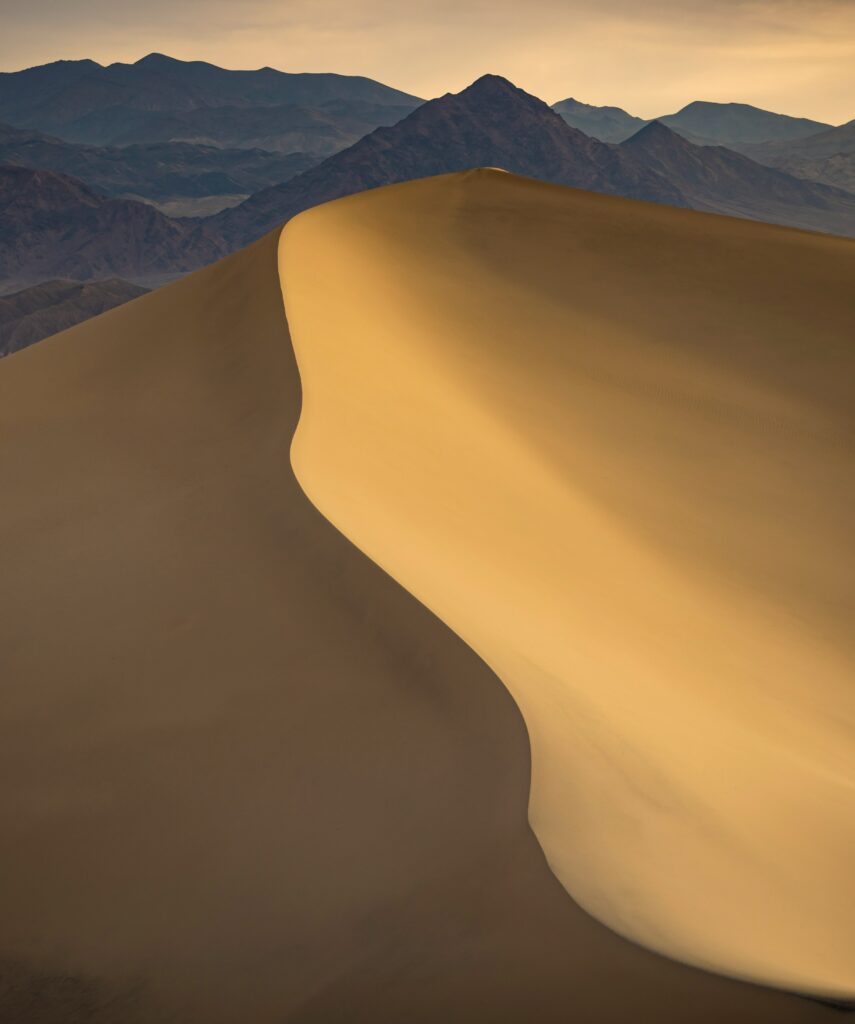
Related Posts
- Visit Joshua Tree National Park: A Guide to the Best Hikes and Views
- Visit Channel Islands National Park: A Guide to Exploring California’s Hidden Gem
- Things to Do in Death Valley National Park: A Guide to the Best Activities and Attractions
- Pinnacles National Park: A Guide to Hiking and Wildlife Watching
Recreational Activities
Southern California's national parks offer a diverse range of activities that cater to the adventure-seeker in you. Whether you're lacing up your boots for a hike, pitching a tent under the stars, or gliding across the water in a kayak, there's an experience waiting for you.
Hiking and Trails
Channel Islands National Park offers a unique hiking experience where you can explore secluded trails and spot indigenous wildlife. For a mix of history and nature, trek to Barker Dam in Joshua Tree National Park, a shorter hike filled with interesting rock formations.
- Easy Hikes: Perfect for beginners, the nature trails on the Channel Islands provide gentle walks with stunning ocean views.
- Challenging Hikes: For seasoned hikers, the rugged backcountry trails in parks like Joshua Tree offer a more intense adventure amidst the iconic Joshua trees.
Camping Experience
Camping in Southern California ranges from RV spots with full hookups to primitive campgrounds for a full-on natural immersion.
- RV Campgrounds: Find equipped campgrounds with RV access in parks like Joshua Tree for a comfortable, home-on-wheels experience.
- Tent Camping: Pitch your tent at designated campgrounds across the parks. Some, like on the Channel Islands, require a boat ride to reach and provide a more secluded camping adventure.
Water-Based Recreation
Prepare for a splash as Southern California's national parks also embrace water activities.
- Kayaking: Paddle through the kelp forests of the Channel Islands and enjoy clear waters and marine life sightings.
- Diving: Scuba dive to explore marine sanctuaries, like the ones around the Channel Islands, known for their rich underwater biodiversity.
- Rock Climbing: Though not water-based, rock climbing is another activity you can't miss, especially the famous formations in Joshua Tree National Park.
Whether you're hiking up a storm, cozying up by a campfire, or observing life under the sea, Southern California's national parks assure memorable outdoor experiences.
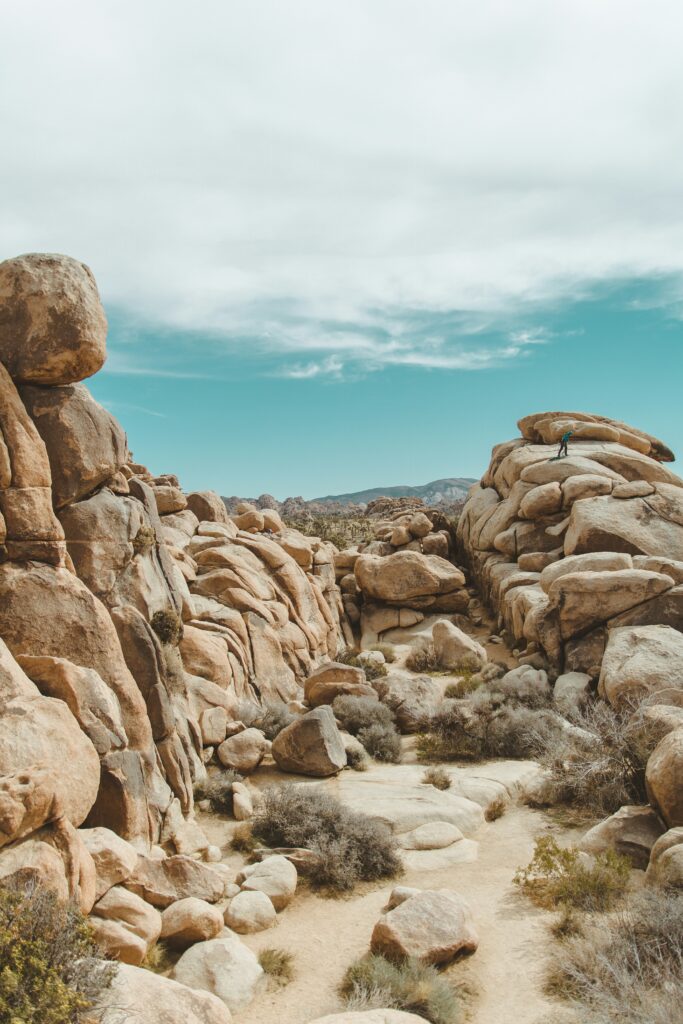
Visitor Amenities and Accessibility
When you visit the national parks in Southern California, you'll find a range of amenities to enhance your experience, from informative visitor centers to comfortable lodging options. These facilities are designed to make your stay both enjoyable and safe.
Visitor Centers
Visitor centers are your go-to resource for park information and assistance. You can pick up park maps, learn about the natural and cultural history of the area, and find out about ranger-led programs.
- Accessibility: Most centers are wheelchair accessible, offering you a comfortable visit.
- Services: You'll find staff who can provide information on campgrounds, hiking trails, and any safety advisories.
Lodging and RV Facilities
Lodging: Whether you prefer a rustic cabin or a full-service hotel, national parks like Joshua Tree offer a variety of lodging options.
- Reservations: It's strongly recommended to book in advance, especially during peak seasons.
RV Facilities: Many campgrounds within the parks accommodate RVs, providing you with a home away from home.
- Hookups: Some campgrounds offer full hookups, while others provide partial or no hookups.
- Size Restrictions: Check the maximum RV size when booking, as some campgrounds have size limitations.
Safety and Regulations: Always observe park regulations to ensure your safety and protect the environment.
Conservation and Preservation Efforts
In Southern California, your national parks are not just breathtaking expanses for recreation, they're also vital for wildlife protection and historical conservation. Active efforts are ongoing to maintain the integrity of these natural and cultural treasures.
Protecting Wildlife and Habitats
Channel Islands National Park serves as a crucial sanctuary for diverse marine and terrestrial wildlife. Your actions play a role in the success of their conservation programs. By respecting park guidelines, you're helping to protect the delicately balanced ecosystems, including those of rare species found nowhere else on Earth.
- Marine Mammals: Efforts include monitoring and protecting the breeding grounds of seals and sea lions.
- Native Plants: Restoration initiatives aim to revive and safeguard endemic plant life, ensuring their survival for future generations.
Heritage and Cultural Sites
Preservation of heritage and cultural sites is a cornerstone of the work conducted by the National Park Service in Southern California. These sites tell the story of important historical figures like Juan Rodriguez Cabrillo, legitimizing his landing and influence in the area.
- Cultural Artifacts: Artifacts and structures are carefully conserved to reflect the history and justice connected to the region's past.
- Education Programs: By participating in these, you're ensuring that the history of Southern California is remembered and respected.
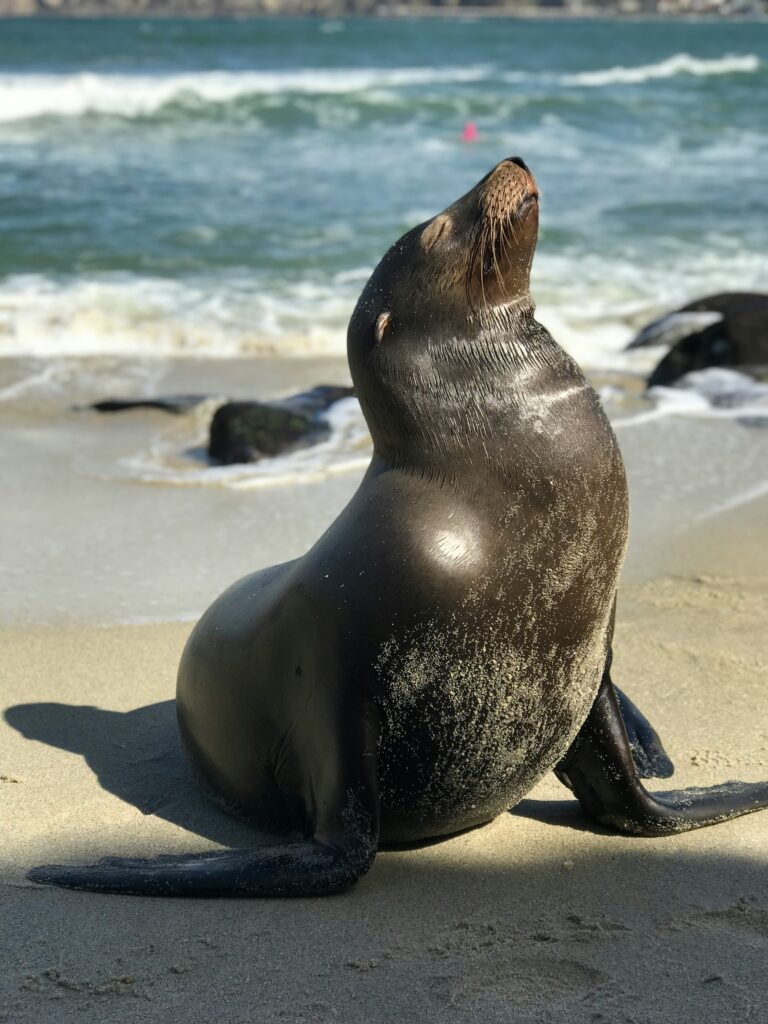
Seasonal Changes and Climate
Southern California National Parks offer a dynamic range of climates and seasonal experiences. Year-round, you can find a park that suits your adventure, whether you're looking to escape the heat or see the vibrant wildflowers in bloom.
Best Times to Visit
Spring is the jewel of Southern California's seasons, especially if you're keen on seeing wildflowers. The temperatures are mild, generally ranging from the low 50s to the mid-70s, making it an ideal time for hiking and enjoying the outdoors. Consider visiting in late March through April when the desert and coastal parks burst into color with blooming wildflowers.
Fall offers a respite from the summer heat with temperatures cooling down to a more comfortable range, usually between the 60s and 70s. It's a great time to explore the national parks as the crowds have thinned, and you'll have plenty of peaceful moments to yourself.
Weather Extremes
Southern California parks can experience weather extremes. Summer in the inland parks can bring intense heat with temperatures often soaring above 100°F, which can pose risks if you're not prepared with water and sun protection. The coastal parks tend to stay cooler, so they're a good choice if you want to avoid the searing heat.
Conversely, some parks may experience occasional extreme drought conditions, which have been known to influence visitation patterns and park use. For instance, during extreme droughts, parks like Channel Islands have seen a decrease in visitation, whereas parks such as Redwood have experienced increased use.
Extreme wet years can cause the opposite effect, with increased levels of annual use at drier parks, as suggested by the changes in visits to Channel Islands during such periods. Regardless of when you visit, always check the weather forecasts and park advisories to ensure you're prepared for any extremes that might arise.
Photography and Stargazing
Southern California's national parks are a haven for photography enthusiasts and stargazers alike. With dark skies free from urban light pollution and landscapes brimming with natural beauty, you're in for an unforgettable visual journey.
Night Skies
Joshua Tree National Park is celebrated for its dark nights, making it an ideal spot for stargazing. The Milky Way often splashes across the sky, visible to the naked eye, providing an excellent opportunity for astrophotography. For the best experience, aim for a night when the moon is new or in a crescent phase to ensure the darkest skies.
Death Valley National Park also offers impressive celestial spectacles. Known for its scorching days, the park transforms into a cool, star-speckled canvas at night. Badwater Basin, the lowest point in North America, provides a stark, nearly alien landscape against the backdrop of the starry sky.
Photogenic Landscapes
Your camera will love the dramatic contours of Zabriskie Point at sunrise and sunset. The golden light accentuates the textured landscape, creating a photographer’s paradise. Capture the play of light and shadows that dance across the badlands, providing endless opportunities for a mesmerizing shot.
In Death Valley, visit the iconic salt flats of Badwater Basin. The polygonal salt patterns stretch across the valley floor, offering a unique natural pattern that's a stark contrast to the surrounding mountains — a striking visual to frame through your lens.
Remember to pack your tripod and utilize long exposures to capture the brilliance of these landscapes under celestial light. With a little patience, you can watch the scenery transform through your viewfinder, immortalizing moments of natural beauty.
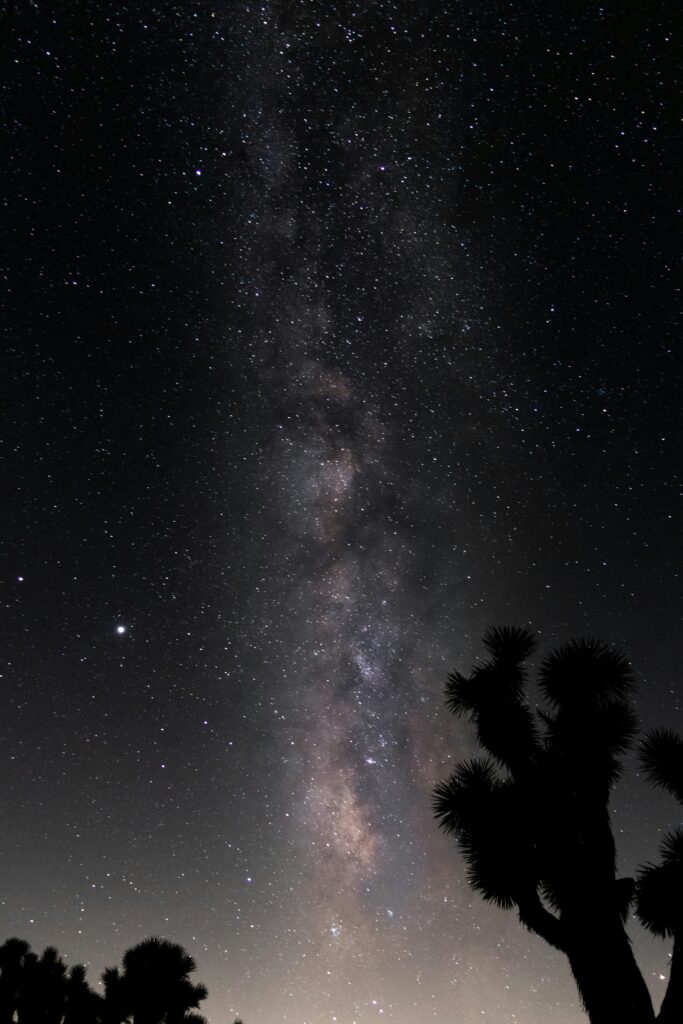
Adventure and Outdoor Sports
Southern California presents an array of breathtaking landscapes, and your thirst for adventure can be quenched through vibrant outdoor sports like rock climbing and mountain biking. Immerse yourself in the region's diverse terrain, from sun-baked sand dunes to challenging canyons.
Climbing and Bouldering
Southern California is a climber's paradise, especially if you make your way to Joshua Tree National Park. Hidden Valley offers an exceptional climbing and bouldering experience with a plethora of routes suitable for all skill levels. The rock formations here are world-renowned, not just for their beauty, but for the premium, gritty texture that provides excellent grip for your climbing adventures.
Mountain Biking
If mountain biking is more your speed, you'll find that the national parks of Southern California have plenty to offer. Ride through the canyons and exhilarating trails where you can witness the beauty of nature at a faster pace. You can choose to join guided rides or venture independently, and who knows—along some paths, you might even share the trail with pack mules as they navigate the rugged landscape.
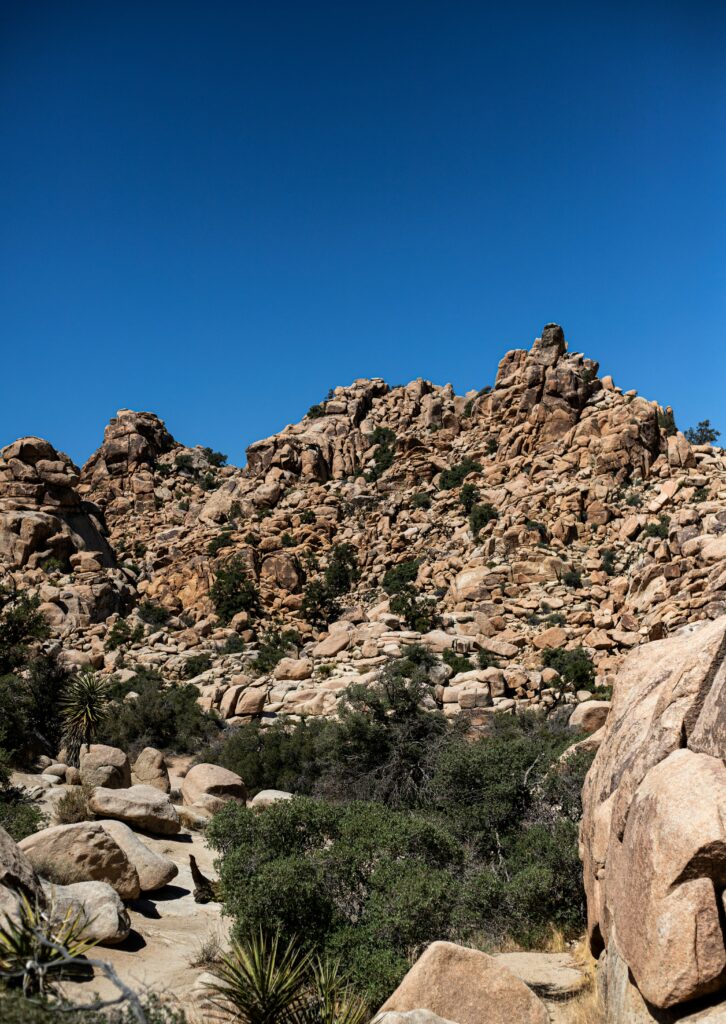
Beyond National Parks
While exploring Southern California's natural splendor, don't miss out on the variety of state parks, pristine beaches, and significant historical sites that offer their own unique outdoor experiences.
State Parks and Beaches
You'll find that Southern California's state parks are a treasure trove of scenic wonders. Take a day trip to Leo Carrillo State Park, where you can explore tide pools, caves, and revel in a beachfront that's perfect for swimming, surfing, or simply soaking up the sun. Not far away, you might stroll along the iconic Santa Monica State Beach which boasts a bustling pier and the quintessential SoCal beach experience.
- Crystal Cove State Park offers a combination of sandy beaches and wooded canyons for a rustic retreat.
- Malibu Creek State Park, nestled in the Santa Monica Mountains, is a paradise for hikers and rock climbers, with dramatic geography and more than 35 miles of trails.
Recreation Areas and Monuments
For a diverse array of recreational opportunities, the Santa Monica Mountains National Recreation Area is your gateway to over 500 miles of trails that traverse coastal bluff and woodlands. Here, you can hike to stunning vistas, go horseback riding, or visit cultural sites.
Cabrillo National Monument honors the landing of Juan Rodriguez Cabrillo and offers dramatic ocean views, tide pools, and the historic Old Point Loma Lighthouse. For an adventure off the mainland, consider a boat trip to Santa Rosa Island, part of the Channel Islands, where you can encounter diverse wildlife and serene landscapes.
- Castle Mountains National Monument is a hidden gem where you can gaze at the Milky Way and feel a million miles away from city lights.
- Southern California's lakes, such as Big Bear Lake and Lake Arrowhead, provide a cool escape with opportunities for fishing, boating, and lakeside hiking.
Don't limit your exploration to just the National Parks; Southern California's state parks, beaches, recreation areas, and historical monuments all await your discovery.
Frequently Asked Questions
When planning your adventure to Southern California's national parks, you likely have a few questions. This section aims to answer some of the most common inquiries to help you make the most of your visit.
What are the must-visit national parks in Southern California for first-time visitors?
For first-time visitors, some must-visit national parks include Sequoia & Kings Canyon National Parks known for their gigantic trees and Joshua Tree National Park with its unique desert landscape.
Where can I find the best hiking trails in Southern California's national parks?
Southern California's national parks offer a variety of hiking trails, but Sequoia & Kings Canyon National Parks feature some of the most scenic front-country hikes to explore the giant sequoias.
Which Southern California national park is best for family camping trips?
For family-friendly camping, Joshua Tree National Park provides unique sites suitable for all ages, with amenities and programs that can enhance your camping experience.
Can you recommend a route for a national parks road trip in Southern California?
A classic road trip route could include starting in Joshua Tree, moving on to the vast landscapes of Sequoia & Kings Canyon, and then exploring the coastal beauty found in the Santa Monica Mountains.
Which national park in Southern California is less crowded but offers rich natural beauty?
The Santa Monica Mountains offer diverse landscapes and activities with generally fewer crowds, allowing for a tranquil experience amidst natural beauty just minutes from Los Angeles.
How can I get maps for the national parks located in Southern California?
Maps for the national parks can typically be obtained at visitor centers, such as those found in Sequoia & Kings Canyon and Joshua Tree, or by visiting the corresponding national park's website prior to your visit.

